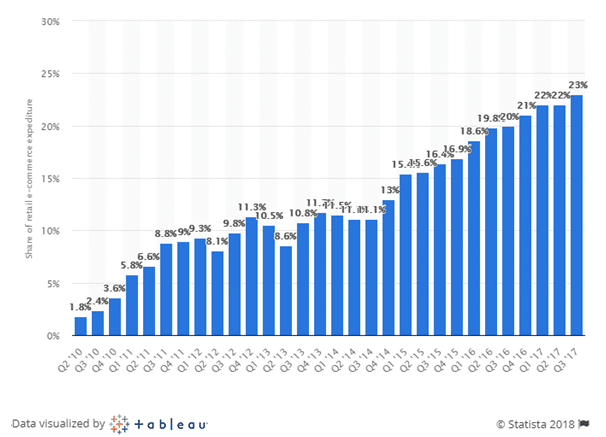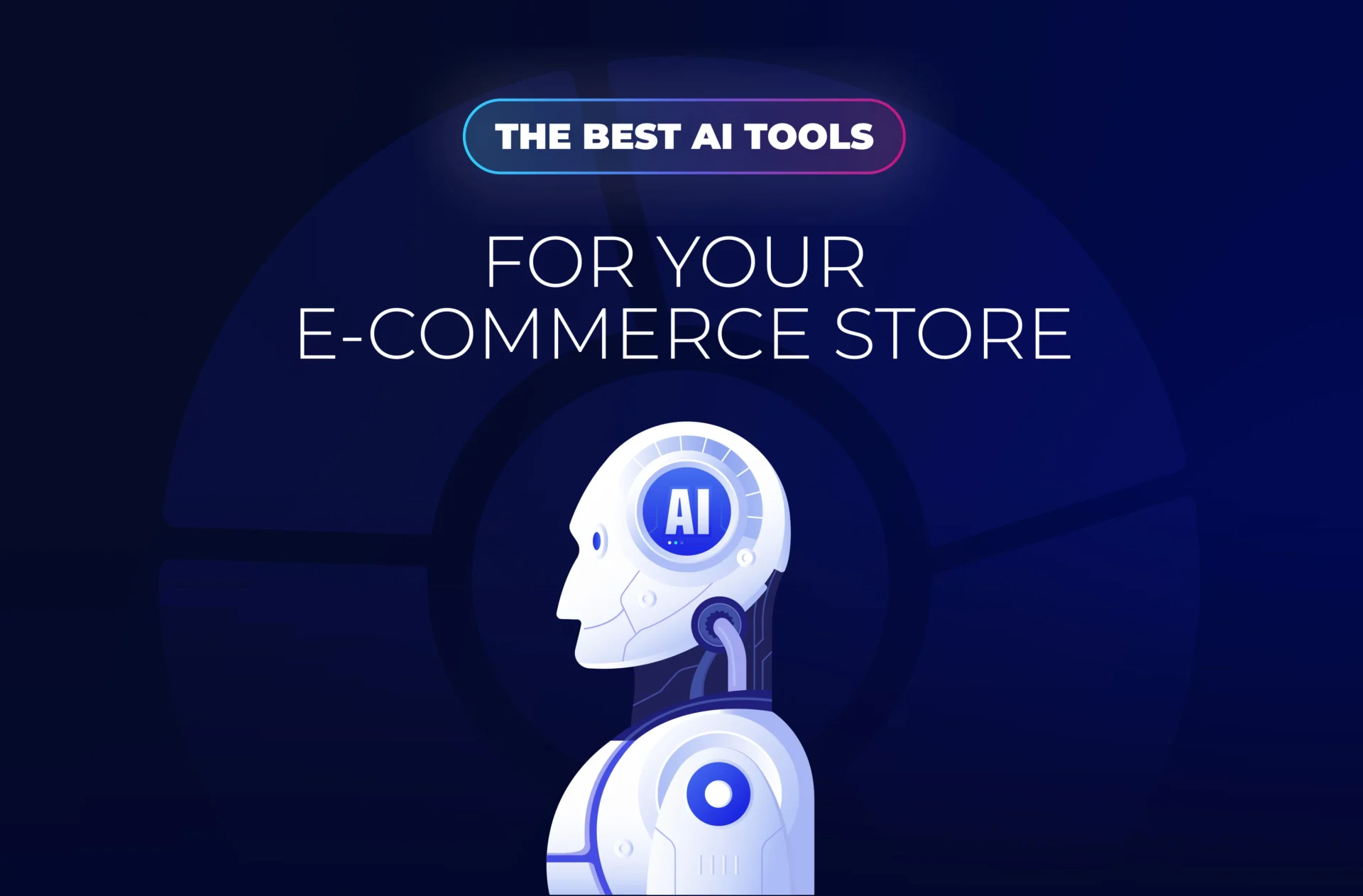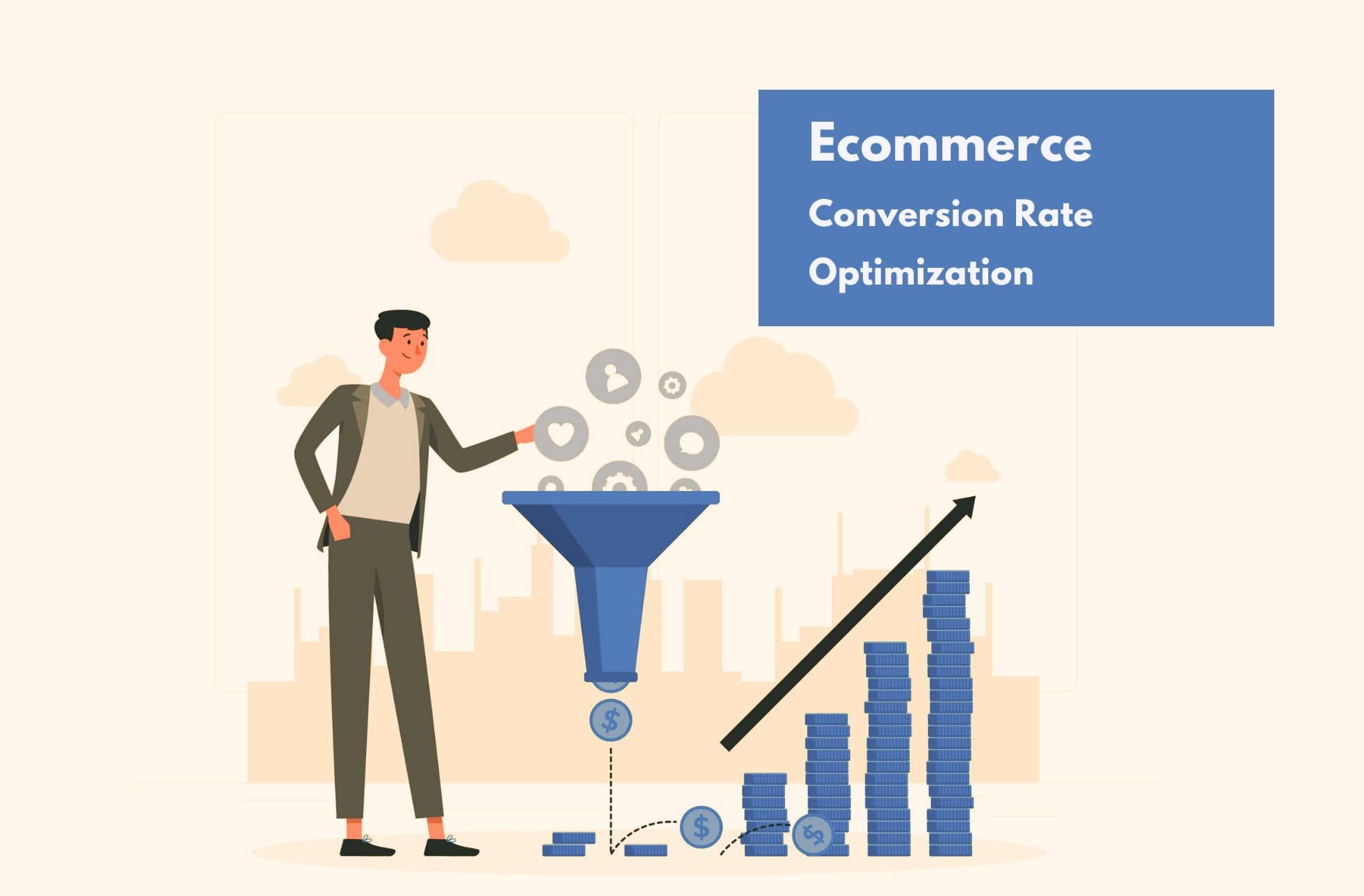Are you running an e-commerce store of your own? Are your products and services similar to other e-commerce stores? Are you experiencing an unstable traffic for your e-commerce site? Whether you are new to an e-commerce business owner or already acquainted with SEO practices, this article will help you adopt free and the most effective SEO practices that will be accepted by Googlebot and other search engines to ensure easy crawling, indexing and organic traffic generation for your e-commerce store.
1. Make your site easily accessible to search engines
With the increasing competition in the online world, Google and other search engines systems sort through hundreds and thousands of sites to ensure users are directed to URLs and Meta tags that can match user’s needs in a fraction of a second. Thus, improving your SEO practices for 2018.
An e-commerce page title will be an important aspect of search engine optimization
Ensure you create unique title tags (placed within the <title> tag of the HTML document) for each product page.
For example, if you are selling greeting cards online- then your product page title content will be displayed mostly in the first line of the search results as highlighted in the image below.
Focusing on descriptive Meta tags will make it easy for search engines and even users to understand what is your page all about?

Meta tags that you use in your Meta description will be of a major importance as Google might use them as snippets only if it matches a user’s query. Therefore, avoid using generic Meta description and settle with ones that would provide information and encourage to click and know more.
Create URLs that will be user-friendly for searching engines as well as your target audience

Infusing relevant words into your e-commerce and product page URLs that offer information related to a user’s search will be highlighted as shown in the image below.
Google recommends to create simple URL structure and to use hyphens (-) instead of underscores (_).
Focus on simplicity and easy to follow navigations for your e-commerce site pages
Google Search uses Breadcrumbs mark-up in the body of a web page to understand the page’s position in the site hierarchy. Therefore, it is suggested to prepare HTML sitemap (lower-case) and XML sitemap (upper-case) that will allow you target search engines and your users separately.
Navigation with text links will make it easier for Google to crawl and understand your e-commerce website.
2. Offer information in a way matching SEO practices
Only describing basic details of your product and services with no regular updates from your store, will not allow Googlebot and other search engine’s algorithm system to understand the importance of your product pages and keep your site back in the Google’s search result pages.
Consistency and informative content updates should be on a priority
Ensure to create fresh and unique content targeting users and not specifically the search engine algorithms. Therefore, you would not like to stuff keywords, copy and paste content, low-quality content, buying links
SEO-friendly Anchor text will be easy to understand by both, search engines and your users
It is beneficial to infuse Anchor text (visible, clickable text in a hyperlink form) to your content updates using CSS or text styling to make the link look like a regular text.
You may also use this practice for internal link building strategy (suggested for sites having more content) rather than focus more on pointing links to outside websites (suggested for start-ups and sites with less content).
Optimize images for your content by using “alt” attribute
This will help you ensure some information is being provided to your users in case your product image cannot be displayed for some reason. Additionally, creating an Image Sitemap file allows Googlebot with more information and is similar to XML Sitemap for your e-commerce product pages.
Heading tags will make it easy to attract user’s eye
Not to be confused with <head> HTML tag or HTTP headers- heading tags include six types beginning with <h1> to <h6>. Furthermore, using header tags being larger than the normal text- will automatically make your users understand that there is something important beneath the heading text.
3. Index your E-commerce store to connect with mobile users

With 23.16% of U.S. retail e-commerce dollars spent via mobile devices- you would not like to miss on this large group of users!
Ensure your mobile store is indexed by Google
If you don’t find your mobile site in Google search results then you need to create a Mobile Sitemap and notify Google for your mobile site existence.
Make sure Google recognizes your mobile store URLs
Check for your mobile-friendly URLs DTD (Doc Type Definition) declaration is in an appropriate format, mostly in XHTML mobile or C-HTML (Compact HTML).
4. Avoid Googlebot to crawl on not-informative pages
You may not want Googlebot to crawl your e-commerce site product pages that are not useful to your users. Such pages, if crawled may impact the overall ranking for your e-commerce store online.
Use robots.txt generator
Manage the crawling of your e-commerce website pages with Google Webmaster Tool robots.txt generator.
For e-commerce site owners using multiple subdomains- will need to create a separate robots.txt file.
Other ways can include:
– Adding “NOINDEX” to your robot Meta tags
– Using .htaccess to password protect directories
– Removing already crawled content using Google’s Webmaster Tool
5. Search engine spam penalties
With the above good SEO practices, there are certain bad practices that are against Google Webmaster guidelines.
- Avoid automated generated content
- Manipulate links to your e-commerce site
- Bad content
- Keyword stuffing
- Sending automated queries to Google
In Closing
There are many reasons why you should adopt SEO practices for your e-commerce business; however, the major advantage is to build a stronger online visibility.
No doubt, the above-mentioned SEO practices will take some time to generate traffic but they are always worth to continue doing so for improved sales for your e-commerce store.





